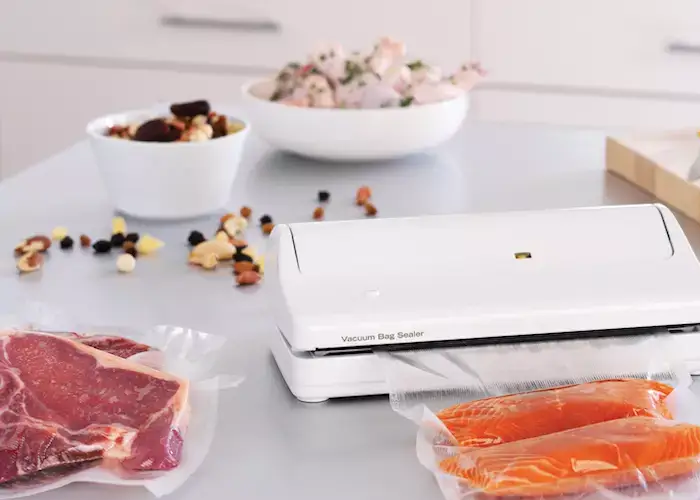As a pet lover, you always want the best for your furry friend. While commercial dog foods are convenient, creating a balanced homemade diet for your dog can offer several benefits. A homemade diet allows you to have full control over the ingredients, ensuring that your dog gets high – quality, fresh, and nutritious meals. However, it’s important to do it right to meet all of your dog’s nutritional needs.
Understanding Your Dog’s Nutritional Requirements
Before you start cooking for your dog, it’s crucial to understand what nutrients they need. Dogs require a balance of protein, fat, carbohydrates, vitamins, and minerals. Protein is essential for muscle development and repair. Good sources of protein include lean meats like chicken, beef, and turkey, as well as fish such as salmon and tuna. Eggs are also an excellent source of protein.
Fats provide energy and help with the absorption of fat – soluble vitamins. You can include healthy fats like olive oil, fish oil, and coconut oil in your dog’s diet. Just be cautious not to overdo it, as excessive fat can lead to obesity. Carbohydrates are a source of energy. Whole grains like brown rice, oats, and quinoa are good options. They also provide fiber, which aids in digestion.
Vitamins and minerals are necessary for various bodily functions. For example, calcium is important for strong bones and teeth, and vitamin A is beneficial for eye health. You can provide these nutrients through a variety of fruits and vegetables. For instance, carrots are rich in vitamin A, and leafy greens like spinach are high in calcium.
Planning Your Dog’s Meals
Once you understand the nutritional requirements, you can start planning your dog’s meals. A good starting point is to aim for a diet that consists of about 50 – 70% protein, 10 – 20% fat, and 20 – 40% carbohydrates. However, these percentages can vary depending on your dog’s age, activity level, and health condition.
For puppies, who are in a stage of rapid growth, they may need a higher percentage of protein and fat. Adult dogs with a moderate activity level can do well with the standard percentages mentioned above. Senior dogs may require a diet that is lower in calories and fat to prevent weight gain, but still with enough protein to maintain muscle mass.
You should also consider the portion size. A general rule of thumb is to feed your dog 2 – 3% of their body weight per day. For example, if your dog weighs 20 kilograms, they should eat about 400 – 600 grams of food per day. This amount can be divided into two or three meals.
Selecting the Right Ingredients
When choosing ingredients for your dog’s homemade diet, quality is key. Opt for fresh, organic ingredients whenever possible. For protein sources, choose lean cuts of meat and trim off any excess fat. When it comes to fish, make sure it is boneless to avoid choking hazards.
For carbohydrates, whole grains are a much better choice than refined grains. Whole grains retain more nutrients and fiber. When selecting fruits and vegetables, make sure they are safe for dogs. Some common safe options include apples (without the seeds), bananas, blueberries, carrots, and sweet potatoes. Avoid giving your dog grapes, raisins, onions, garlic, and chocolate, as these are toxic to dogs.
Preparing the Food
Preparing homemade dog food is relatively simple. You can start by cooking the protein source. If you’re using meat, you can boil, bake, or grill it. Make sure it is thoroughly cooked to avoid any bacterial contamination. Once the meat is cooked, you can chop it into small, bite – sized pieces.
Next, cook the carbohydrates. For example, if you’re using brown rice, cook it according to the package instructions. You can also steam or boil the vegetables. Some dogs may prefer their vegetables pureed, while others may be able to eat them in small, chopped pieces.
After preparing all the components, you can mix them together. You can also add a small amount of healthy fat, such as a teaspoon of fish oil or olive oil, to the mixture. Make sure to store the homemade dog food properly. You can store it in the refrigerator for up to three days or in the freezer for several months.
Consulting a Veterinarian
While creating a homemade diet for your dog can be a great way to provide them with nutritious meals, it’s always a good idea to consult a veterinarian before making any significant changes to your dog’s diet. A vet can help you determine the exact nutritional needs of your dog based on their age, breed, weight, and any underlying health conditions. They can also provide you with advice on portion sizes and ingredient selection.
Conclusion
In conclusion, creating a balanced homemade diet for your dog requires some planning and knowledge, but it can be a rewarding way to ensure your pet’s health and well – being. By understanding your dog’s nutritional requirements, carefully selecting ingredients, and preparing the food correctly, you can provide your furry friend with delicious and nutritious meals that will keep them happy and healthy for years to come.
Related topics


